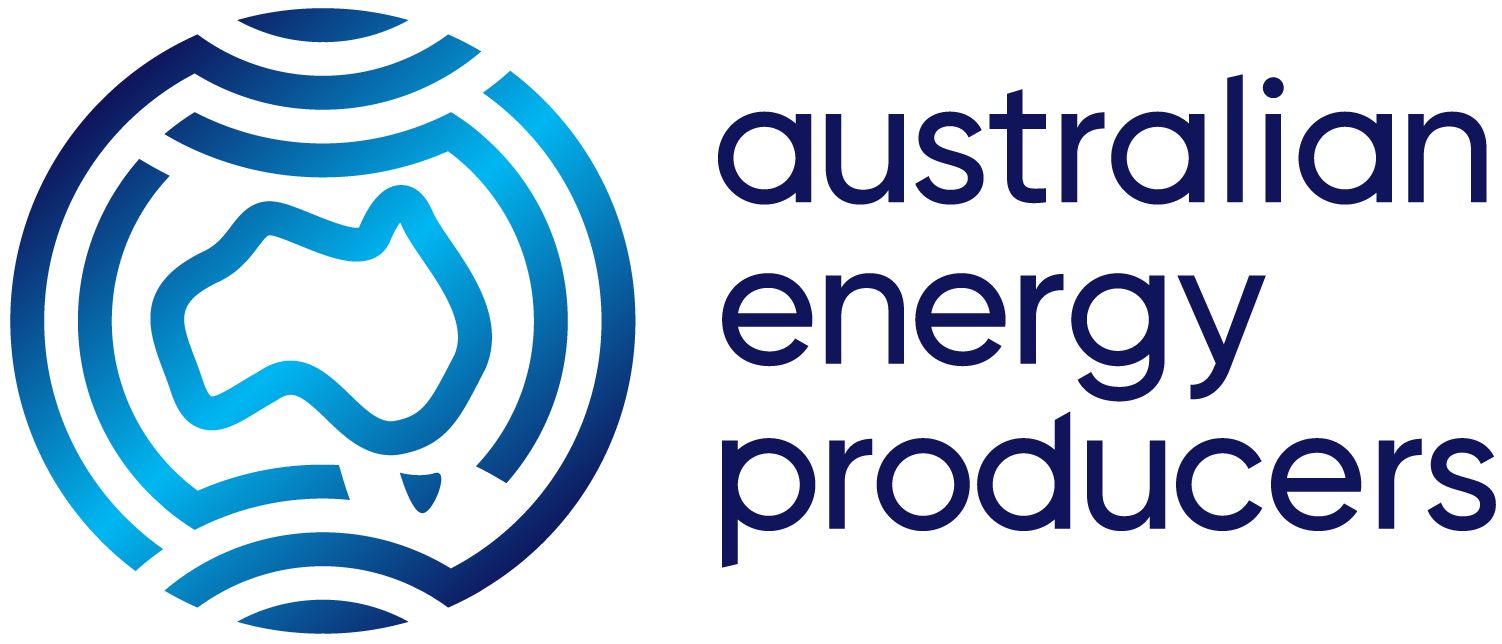24 Apr 2023
Opinion Article: Samantha McCulloch writes in The Australian about industry economic contribution
Long-term policy vision is often missing in the short-sighted 24-hour media and political cycles that too often dominate the national conversation.
But something significant is occurring in public policy that shows the benefits of looking over the horizon, decades into the future.
Australia’s gas industry is delivering growing benefits to the national economy through rising direct payments to state and federal governments through corporate income tax, Petroleum Resource Rent Tax (PRRT), state royalties and excise.
These receipts help cash-strapped, debt-laden governments fund everything – from policies like the disability support to paid parental leave and the building of hospitals, schools and roads for a growing population.
The Australian Petroleum Production & Exploration Association (APPEA) last week released
new figures showing direct financial contributions from the industry will almost triple this financial year, rising to $16.2 billion from $6.2 billion previously.
Indeed, the notion that gas companies extract resources for free continues to be unfounded.
These companies are increasingly becoming some of Australia’s largest taxpayers and contributors to government budgets.
The total for this single year is equivalent to building around 11 new hospitals or 160 new state-of-the-art schools, or providing annual public health care support for about 1.6 million Australians.
The reason more money is flowing to the public is because the taxation profile of the gas industry is changing.
This is an inconvenient development for a misleading minority who wilfully misrepresent the way Australia’s tax system works for their own political purposes.
It is easy and simplistic to point to record profits from big business to demonise a major industry which, in reality, is critical to the national economy: enabling almost $500 billion of activity annually, supporting 80,000 jobs, powering millions of homes and businesses in key industries like manufacturing and facilitating economic growth, especially in regional Australia.
For example, APPEA’s Financial Survey found the industry will spend $45 billion on Australian goods and services this financial year.
This strong economic position has been developed over decades but the wave of extraordinary investment in gas export projects now delivering big returns for taxpayers began around 15 years ago.
Commissioned by APPEA, independent consultancy firm Wood Mackenzie has found about $400 billion was invested by gas companies in LNG capital and operations since 2010.
Consider that figure again – $400 billion – and all the business risk attached to it.
What other industry has the ability to invest that much money in our economy in high-risk, capital-intensive projects that create so many jobs and other economic benefits years before actual production begins and revenue starts flowing?
Different countries realise the risk involved as well as the public need for energy and apply different methods to encourage investment.
While some countries offer up-front cash incentives and subsidies, the Australian tax system is designed to wait until much of the costs of investments are recovered before tax is paid.
When tax payments flow for offshore projects, governments receive up to 58 per cent of taxable profits through corporate income tax, PRRT, excise and royalties.
For onshore projects, it’s up to 63.25 per cent through state royalties, licence fees and corporate income tax.
Recent economic conditions and higher than forecast prices have accelerated the making up of losses accumulated during construction, expediting tax payments.
When there are bigger profits, there is also a bigger return to taxpayers as well as more money to reinvest in new supply.
It’s also important to remember that commodities are cyclical. It wasn’t that long ago demand was weak and energy companies globally were posting losses.
But the arc of the past 15 years shows the broad economic benefit to the Australian public of long-term taxation settings – both in direct government receipts and other factors like job creation and investment in regional communities.
These benefits can continue to flow to Australians for the next 15 years – and beyond – but only if we can maintain our standing as a secure, stable destination for investment.
This reputation and our international competitiveness is increasingly challenged by government interventions.
We are already seeing investors pivoting away from Australia at time when this capital is needed to drive Australia’s energy transformation.
It is important to remember that investors in new gas supply can also be investors in net zero technologies like low-carbon hydrogen and carbon capture utilisation and storage (CCUS).
Indeed, there is a lot at stake in the transformation of our economy towards net zero by 2050.
Through the ups and downs of cycles, Wood Mackenzie found export projects will deliver $100 billion in revenue for state and federal governments over the next 20 years.
The tax system is working.
The investment environment needs the stability that can extend the great relationship between Australia’s gas industry and the economy even further into the future.
Samantha McCulloch is the Chief Executive of the Australian Petroleum Production & Exploration Association (APPEA)

